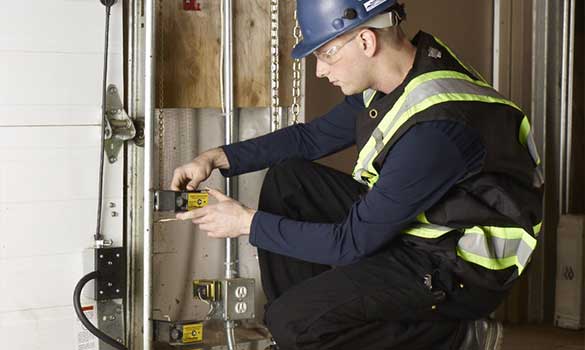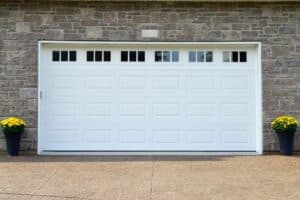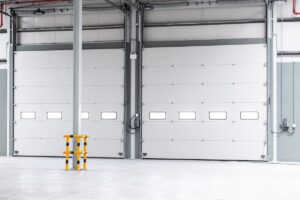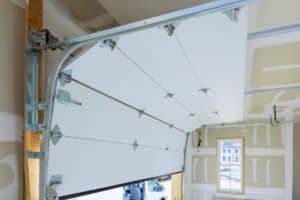Garage doors are an essential part of our homes, providing security and convenience. However, they can also pose significant risks if not equipped with the right safety features. Among these, garage door safety sensors stand out as critical components that ensure the safety of your family and pets. These sensors, often taken for granted, play a pivotal role in preventing accidents by detecting obstructions in the path of a closing garage door.
How Garage Door Safety Sensors Work
Garage door safety sensors operate on a principle that is both straightforward and brilliant, demonstrating how effective simplicity can be in preventing accidents. These sensors utilize infrared light, a type of light that is invisible to the human eye, to form a continuous beam from one side of the garage door to the other. This beam acts as a sort of electronic tripwire, monitoring the path of the garage door for any obstructions.
Each sensor is part of a pair: one acts as a transmitter, which sends out an infrared beam, and the other serves as a receiver, positioned directly across from the transmitter.
The receiver’s sole task is to detect the beam sent by the transmitter. Under normal operation, this invisible beam is continuously received, allowing the garage door to open and close without interruption.
When an object, person, or pet crosses the path of the infrared beam, the connection between the transmitter and receiver is broken. This interruption is immediately detected by the control unit of the garage door opener.
In response to this detection, the control unit activates a safety protocol: it signals the garage door opener to halt its closing motion and reverse direction, moving back to the open position. This quick response is crucial in preventing potential injury or damage to property.
This mechanism is designed to be highly sensitive, ensuring that even small obstructions can trigger the safety response. Such sensitivity is essential for protecting children and pets, who may not be aware of the dangers posed by a moving garage door.
The system is designed to be fail-safe. Should the sensors malfunction or if there’s an issue with the beam’s transmission, the default response is to prevent the door from closing, thereby avoiding the risk of accidentally closing the door on an obstruction.
Beyond their primary safety function, these sensors also play a role in the maintenance and longevity of the garage door system. By preventing the door from attempting to close on an obstacle, they reduce stress and wear on the door’s mechanical components. This not only ensures the system’s proper functioning but also extends the lifespan of the garage door opener.
Why Garage Door Safety Sensors Matter
The significance of garage door safety sensors transcends their status as a mere regulatory mandate. These devices embody an essential safety net, intricately designed to mitigate accidents that could occur in the daily operation of garage doors. Their function is paramount, serving as vigilant guardians that ensure the safety and well-being of individuals and pets within the vicinity of these potentially hazardous moving structures.
Garage doors, by their nature, are heavy and operate under significant mechanical force. Without the proper safety measures in place, the risk of injury—or in dire circumstances, fatality—is markedly increased. This is where garage door safety sensors play an indispensable role.
They are engineered to detect any presence—an object, a person, or a pet—in the direct path of a closing garage door. Upon detection, these sensors instantly relay a signal to the garage door opener to halt its descent and reverse its direction, thereby averting possible harm.
The narratives of close calls and accidents averted due to the intervention of safety sensors are both compelling and numerous. They underscore the sensors’ critical role in everyday life, highlighting instances where serious injuries were prevented, and lives were indeed saved. For example, children, often unaware of the dangers posed by a moving garage door, can find themselves in perilous situations.
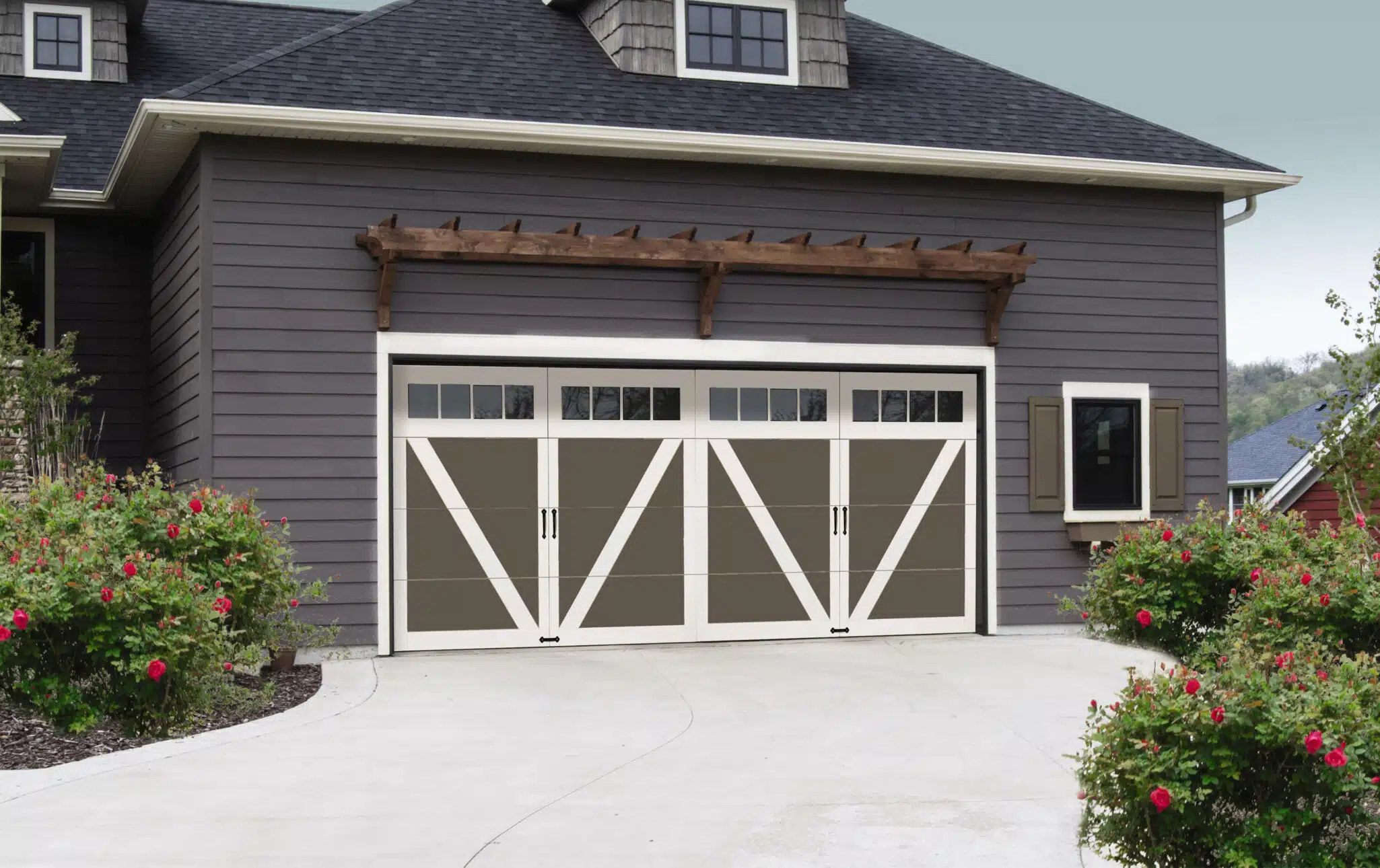
Pets, too, with their unpredictable movements, are vulnerable. In both scenarios, the swift action of garage door safety sensors can mean the difference between a near-miss and a tragic outcome.
These safety sensors contribute to the overall longevity and functionality of the garage door system. By preventing the door from closing on obstacles, they minimize wear and tear on the door’s mechanisms, potentially saving homeowners from costly repairs or replacements.
Garage door safety sensors also reflect a commitment to safety standards and legal compliance. Many jurisdictions require the installation of these sensors as part of residential building codes. Non-compliance not only endangers occupants but can also lead to legal ramifications and affect homeowners’ insurance policies.
Maintaining Your Garage Door Safety Sensors
Ensuring the continual optimal operation of your garage door safety sensors necessitates a routine maintenance schedule. These devices are your first line of defense against potential accidents involving your garage door, and their proper functioning is critical.
Maintenance tasks are generally straightforward and can significantly contribute to the sensors’ reliability and the overall safety of your garage environment. Here’s how you can keep them in top condition:
Cleaning the Lenses
The lenses of the safety sensors are crucial for the transmission and reception of the infrared beam that detects obstructions. Over time, dust, cobwebs, and other debris can accumulate on these lenses, potentially obstructing the beam even when there is no actual barrier in the door’s path. To clean the lenses, gently wipe them with a soft cloth or use a can of compressed air to blow away debris. Be careful not to scratch the lenses, as this could impair their functionality.
Checking Alignment
For the safety sensors to work correctly, they must be perfectly aligned; the transmitter’s beam needs to meet the receiver directly. If one of the sensors is knocked out of alignment, perhaps by a passing object or an inadvertent bump, the beam can be interrupted, causing the door to behave as if an obstruction were present.
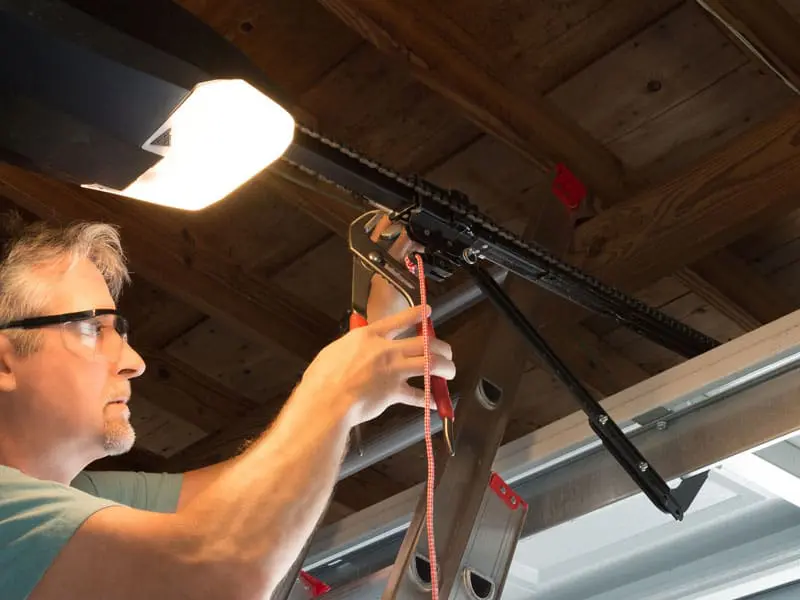
You can check alignment by observing the indicators on the sensors—most models have lights that show whether they are aligned. If the lights indicate misalignment, gently adjust the sensors until the alignment is correct and the indicators show that the beam is uninterrupted.
Ensuring No Obstructions
Aside from ensuring the beam path is clear of physical obstructions, it’s also important to remove anything that could interfere with the sensors’ ability to communicate.
This includes not just obvious items like tools or toys but also less apparent issues like excessive sunlight, which can sometimes interfere with the infrared beam. Regularly inspect the area around the sensors to ensure nothing is causing interference.
Inspecting Wiring
Safety sensors are part of an electrical system, and their wiring can become damaged or dislodged, leading to malfunctions. Inspect the wires leading to the sensors for any signs of wear or damage. If you notice any exposed wires or loose connections, it may be time to call a professional for repairs.
Testing Sensor Function
Regular testing is crucial to ensure that the sensors are functioning as intended. You can test the sensors by placing an object in the path of the garage door as it closes. If the sensors are working correctly, the door should stop and reverse direction immediately upon detecting the object. If the door does not stop, there may be an issue with the sensors or their alignment, necessitating further investigation or professional assistance.
Maintaining your garage door safety sensors is a simple yet vital task that plays a significant role in ensuring the safety and efficiency of your garage door system. By incorporating these maintenance practices into your routine, you can help prevent accidents, avoid unnecessary wear on your garage door system, and ensure that your safety sensors are always ready to protect you, your family, and your property.
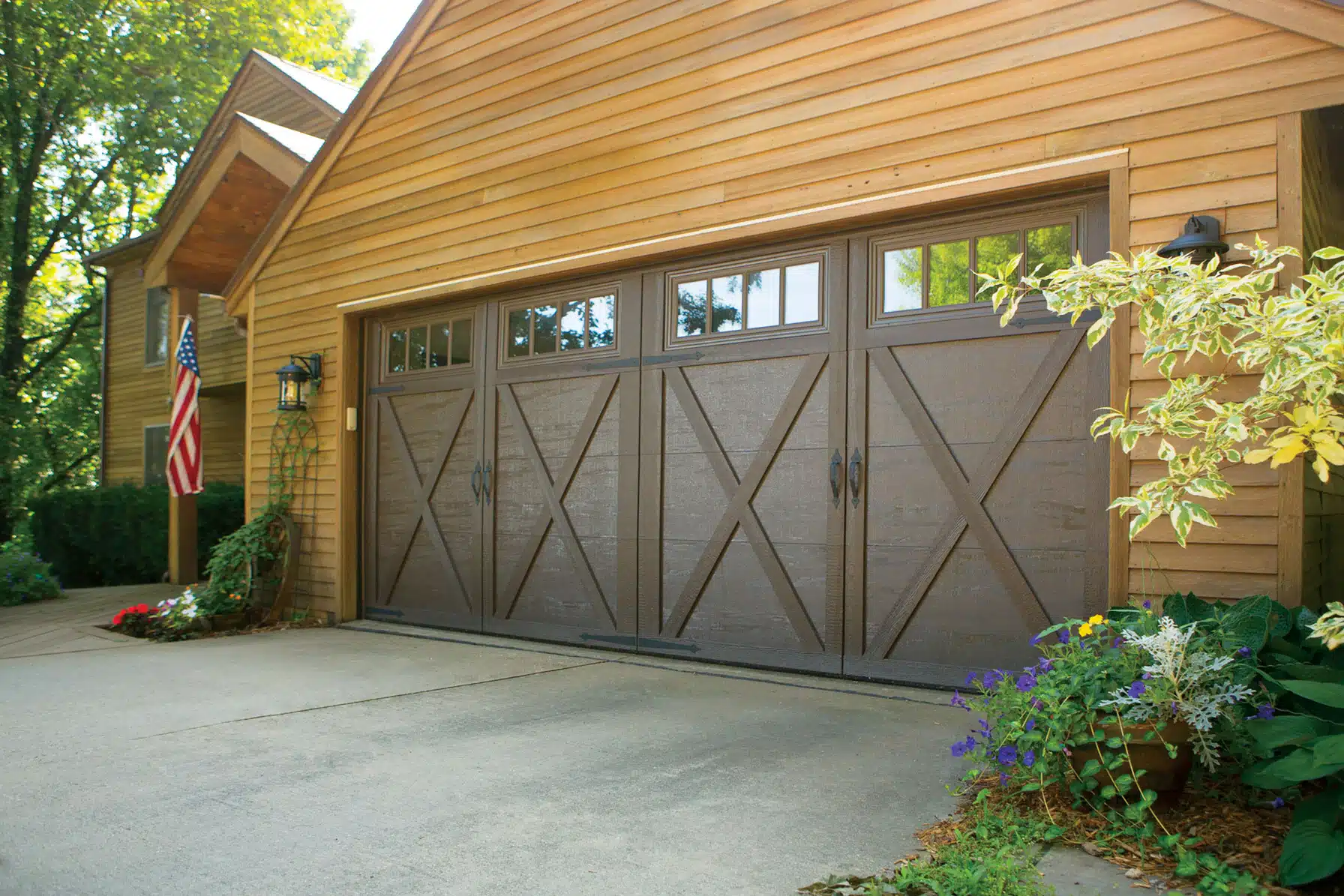
Securing Your Home with Garage Door Safety Sensors
Garage door safety sensors are an indispensable part of home safety, serving as a proactive measure to prevent accidents and ensure the well-being of individuals and pets around potentially hazardous garage doors. Their ingenious design, utilizing an invisible infrared beam to detect any obstructions, provides a fail-safe mechanism that significantly reduces the risk of injury or damage.
Regular maintenance and testing of these sensors are crucial to their effective operation, safeguarding against malfunctions that could compromise safety. Beyond their primary function, these sensors also contribute to the longevity and efficient operation of the garage door system, minimizing wear and ensuring compliance with safety standards.
FAQs
Garage door safety sensors are critical safety devices that prevent accidents by detecting obstructions in the path of a closing garage door, using an invisible infrared beam to monitor the space.
These sensors use an infrared beam transmitted across the garage door opening. If an obstruction breaks the beam, the sensors signal the garage door to reverse direction, preventing potential injury or damage.
They are vital for preventing injuries or fatalities by stopping and reversing the garage door if a person, pet, or object is detected in its path, enhancing home safety.
The sensor triggers the garage door opener to stop closing and reverse to the open position immediately, averting possible harm.
Yes, sensors can malfunction, but they are designed to be fail-safe, meaning the garage door will not close if there is a problem with the sensors, thereby avoiding potential accidents.
Maintenance includes cleaning the lenses, checking alignment, ensuring there are no obstructions, inspecting wiring, and testing sensor function to ensure optimal operation.
Dust and debris can block the infrared beam, mimicking an obstruction. Cleaning the lenses helps maintain the sensor’s accuracy in detecting real obstructions.

